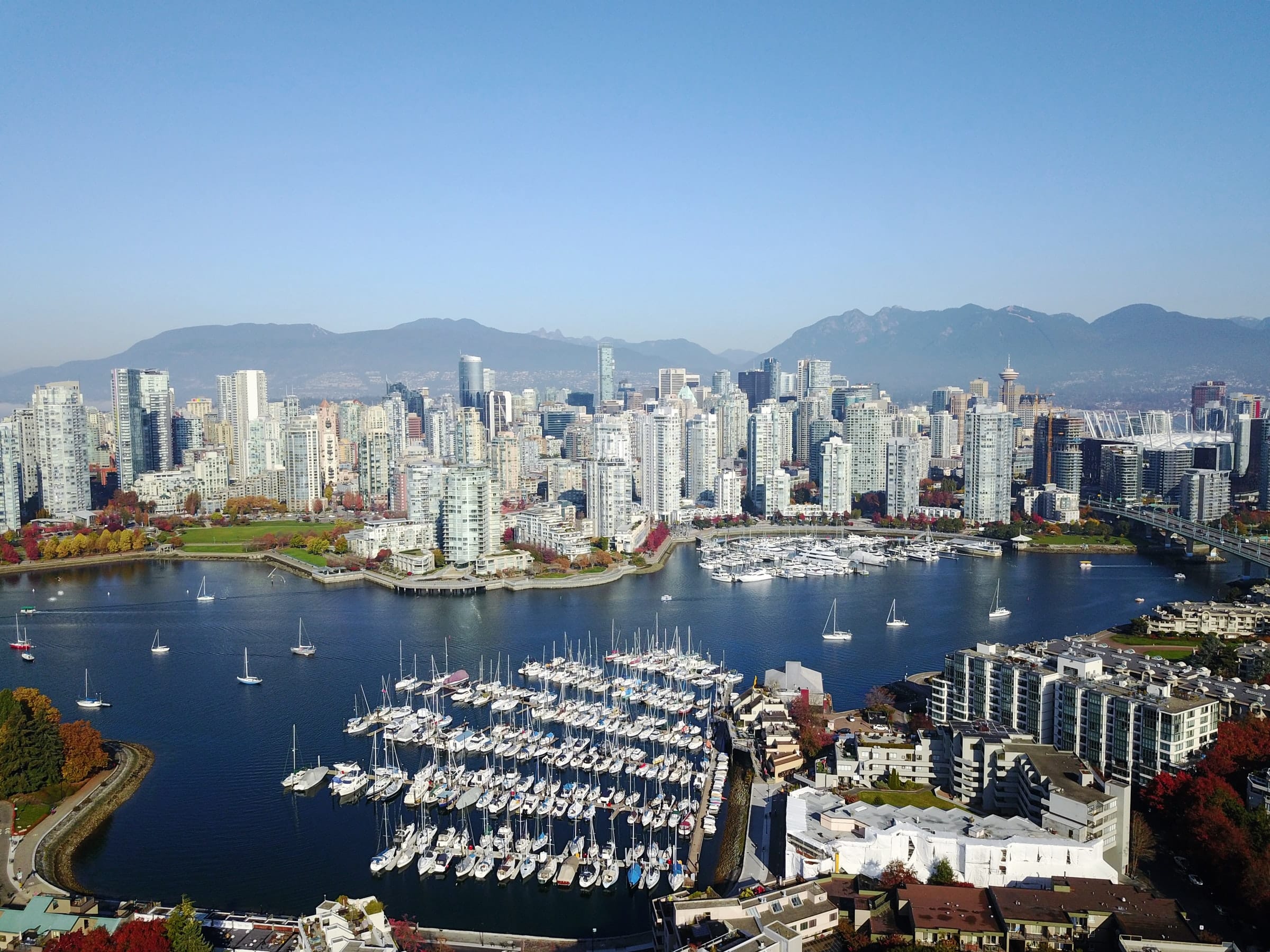Key Features of a Sustainable City
People always look for a good quality of life, which is why urban sustainability is a goal that cities strive to achieve, aiming to promote economic growth and ensure that the needs of the citizens are met. Sustainable cities are often committed to achieve sustainability to fight environmental problems, such as depletion of resources and pollution, and to create better urban infrastructure for the citizens, including sanitation and waste management. Enhanced infrastructure and services could, in fact, lead to safer cities with better transportation and enhanced access to open space and food systems. And today, there are many innovative ideas and inventions that are being implemented to make cities around the world truly sustainable.
Here are the key features of a sustainable city:
1. A walkable community: Pedestrian infrastructure and walkability are key elements in sustainable cities. Successful sustainable cities promote and encourage walking over the usage of cars, as their goal is to build healthy and active communities. This is why all cities around the world are raising more awareness on this aspect and are now building more roads and bridges to be used by cyclists and pedestrians, with the aim to provide a safe and accessible infrastructure for this purpose to reduce congestion problems and improve the quality of life by reducing pollution.
2. A sustainable transportation system: Sustainable transportation systems provide better mobility and enhanced accessibility to the citizens of the city. Transportation systems in sustainable cities should have a low impact on the environment, encouraging cycling and walking in a safe environment for the community. These systems should ensure efficient traffic flow and should provide better and safer roads for public transport and bicycles. In general, sustainable transportation relies heavily on the promotion of public transport, such as buses and the metro, as this would help reduce the impact of the cities on the environment and would reduce congestion and save time as well. It is important here to encourage the use of new buses to reduce the risk of pollution from older buses.
3. Green buildings: Green buildings are another important feature of sustainable cities. The main objective of green buildings is to reduce the negative impact of the built environment on the nature. This is often achieved by using green design, which includes the efficient use of energy, water, and other natural resources. Many architects and designers are already implementing features to achieve sustainability in green buildings. For example, many architects and designers have started planning for a better building orientation, which helps make use of the sun and wind to provide better and natural cooling and heating ways. LED lights, environmentally friendly materials, insulation, green roofs, and solar panels also make part of the elements that make a building more green.
4. Inclusive public space: Public spaces allow the community to gather in an open space to socialize and build a healthy public life. Public spaces, which can include parks, plazas, concerts, and playgrounds, can accommodate the social needs of the citizens, allowing them to meet, gather, interact, and build relationships, which helps unite the population and create more opportunities for public growth. This is why public spaces must be built and designed in a way that guarantees the inclusion and safe access of all citizens, regardless of their abilities, gender, or age.
5. Renewable energy: Renewable energy is a very important and central element in achieving sustainability. Renewable energy, which can include hydroelectric, wind, and solar energy are, in fact, considered highly sustainable. For example, the wind, similar to the sun, is considered one of the most sustainable ways to harness power, as there is no pollution produced when used. The biggest advantage of renewable energy is that it is abundant and affordable, and it can be used repeatedly and unlimitedly. Cities around the world are trying to provide renewable energy for their citizens as a step towards reducing the carbon footprint and negative impact of other types of energy on the environment.
6. Recycling: Cities are today raising more awareness about the importance of recycling for a better and sustainable environment. In fact, recycling is potentially the most important strategy towards achieving sustainability, as it not only enhances the health of natural ecosystems, it can also have benefits on human health. By reducing the amount of waste and moving towards recycling, cities can conserve their natural resources, which can help them protect their diversity. On the other hand, recycling can help the cities sort waste and transform them into energy for electricity. Some architects and designers also choose to use recycled materials and furniture in their projects, in an effort to reduce our negative impact on the environment and fight pollution and climate change.
Cities are constantly changing and looking for new ways to ensure better quality of life and the well-being of the residents. This is why sustainability has become one of the main focuses in the urban environment, as it is largely focused on people and their well-being and on the environment. It is essential that urban communities and local authorities start seeking environmental sustainability. They are, in fact, taking urgent action to stop relying on materials and elements that affect the environment, and are now moving towards building healthier communities with the help of their residents to ensure that the cities are livable, smart, and safe with accessible sustainable services for all.

